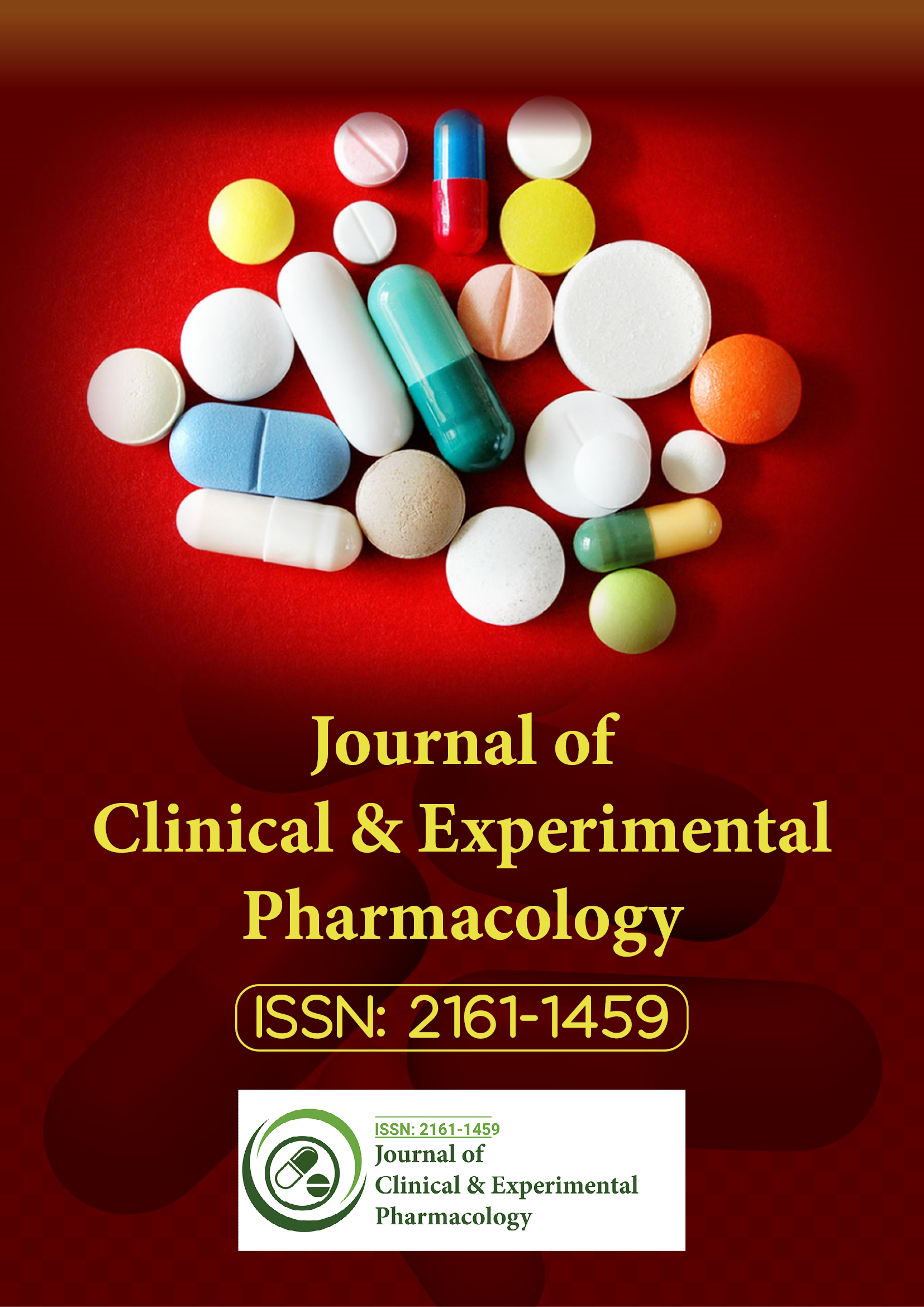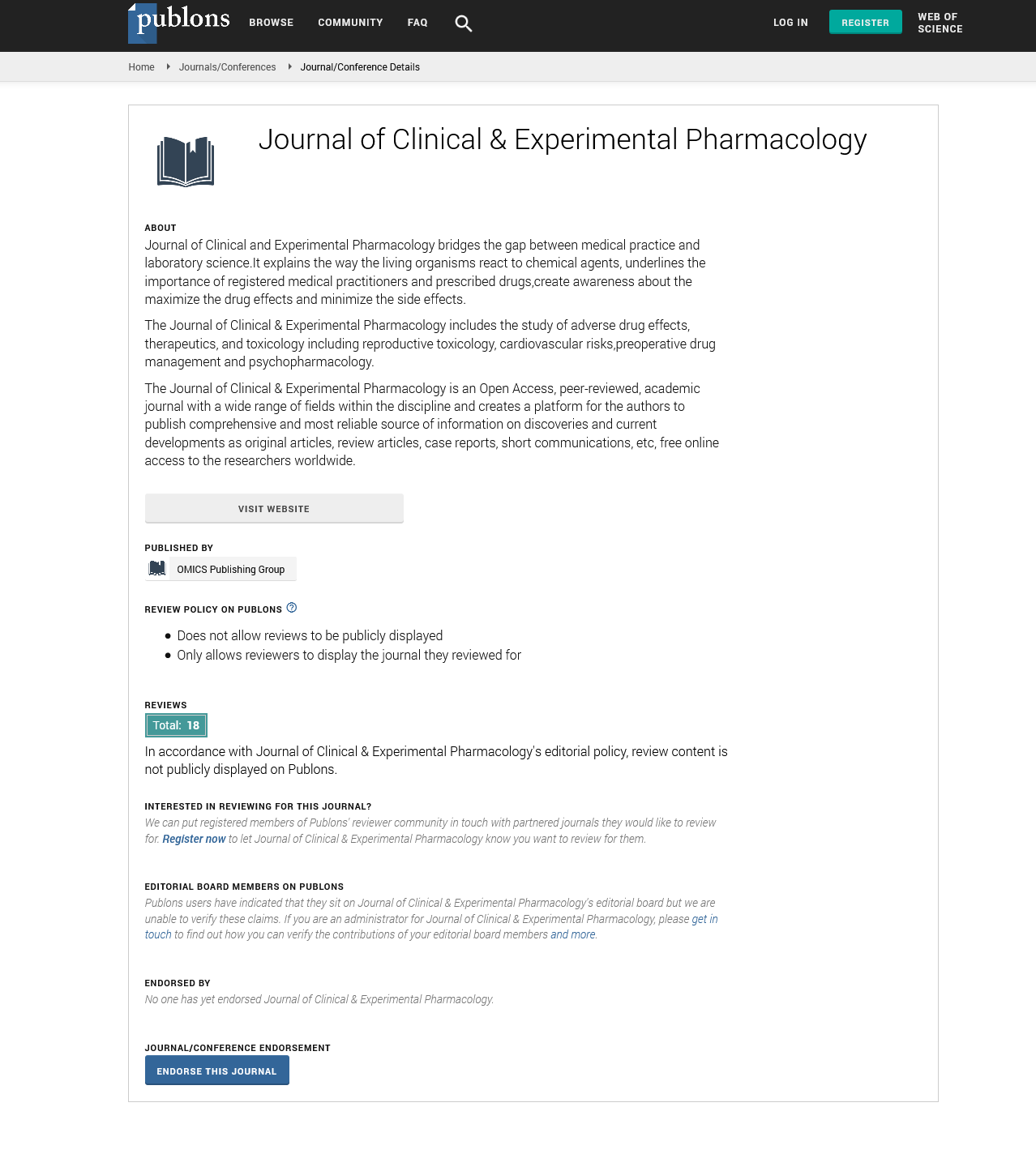Indexed In
- Open J Gate
- Genamics JournalSeek
- China National Knowledge Infrastructure (CNKI)
- Ulrich's Periodicals Directory
- RefSeek
- Hamdard University
- EBSCO A-Z
- OCLC- WorldCat
- Publons
- Google Scholar
Useful Links
Share This Page
Journal Flyer

Open Access Journals
- Agri and Aquaculture
- Biochemistry
- Bioinformatics & Systems Biology
- Business & Management
- Chemistry
- Clinical Sciences
- Engineering
- Food & Nutrition
- General Science
- Genetics & Molecular Biology
- Immunology & Microbiology
- Medical Sciences
- Neuroscience & Psychology
- Nursing & Health Care
- Pharmaceutical Sciences
The use of digital twins in healthcare: The next big revolution?
37th World Congress on Pharmacology
October 31- November 01, 2024 Webinar
Leonardo de Oliveira El-Warrak
Federal University of Rio de Janeiro, Brazil
Posters & Accepted Abstracts: J Clin Exp Pharmacol
Abstract:
A Digital Twin can be understood as a representation of a real asset, in other words, a virtual replica of a physical object, process or even a system. As virtual models, they can integrate with all the latest technologies, such as the Internet of Things (IoT), Cloud Computing and Artificial Intelligence (AI), among others. Digital twins have applications in a wide range of sectors, from manufacturing and engineering to healthcare. They have been used in managing healthcare facilities, streamlining care processes, personalizing treatments, and enhancing patient recovery. By analyzing data from sensors and other sources, healthcare professionals can develop virtual models of patients, organs, and human systems, experimenting with various strategies to identify the most effective approach. This approach can lead to more targeted and efficient therapies while reducing the risk of collateral effects. Digital twin technology can also be used to generate a virtual replica of a hospital to review operational strategies, capabilities, personnel, and care models to identify areas for improvement, predict future challenges, and optimize organizational strategies. The potential impact of this tool on our society and its wellbeing is quite significant. In relation to drug development, digital twins enable detailed simulation of molecules, pharmacological interactions and virtual clinical trials. This saves time and resources by accelerating the identification of promising drug candidates. The digital twin has application in the analysis of data related to the use of medications and their effects. By integrating information from patients, healthcare professionals and other sources, the digital twin enables a comprehensive and dynamic view of a medicine's safety profile. The work was able to contribute in some way to broadening discussions about the future of healthcare, from the perspective of incorporating new technologies, notably Digital Twins.

